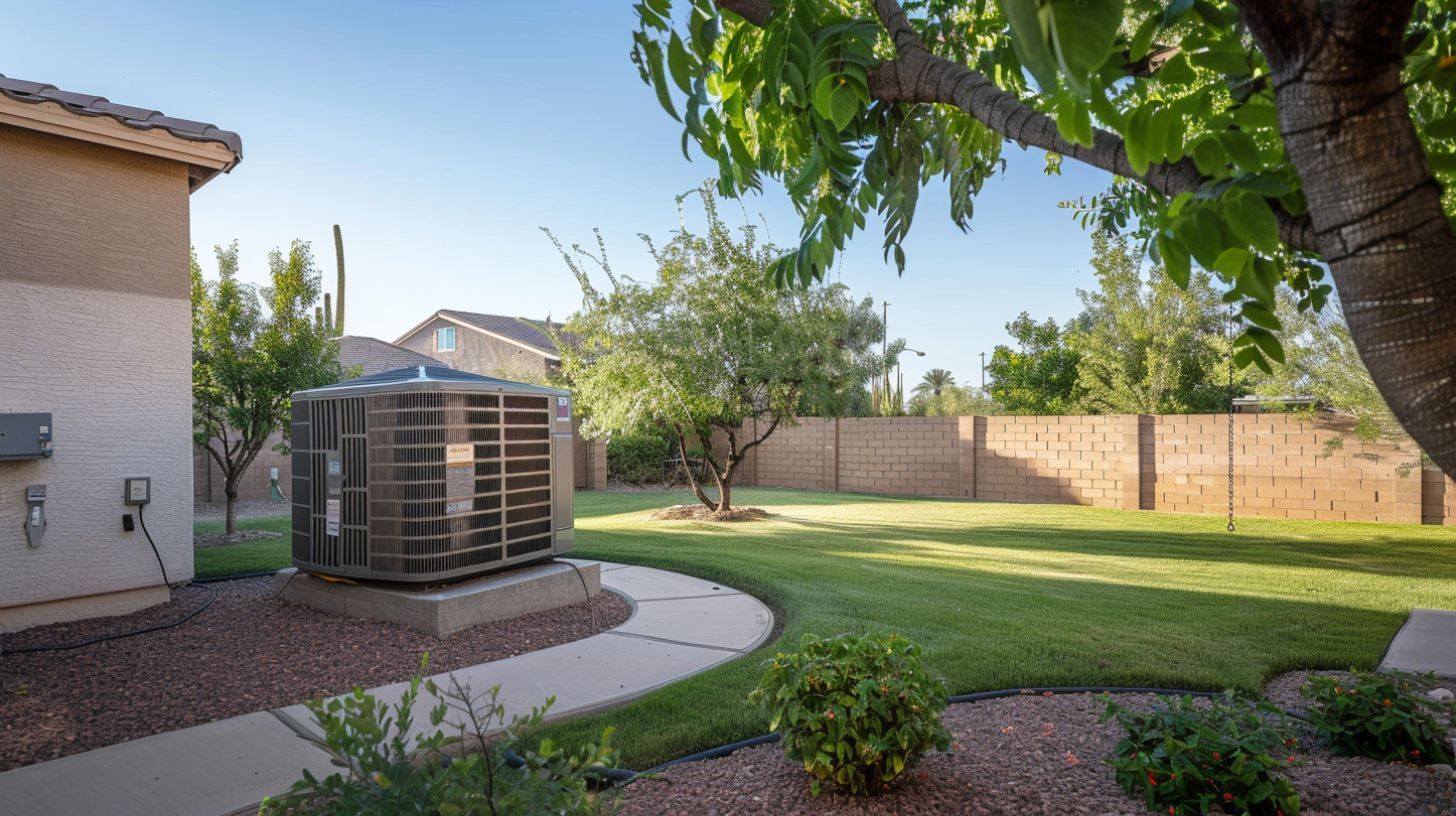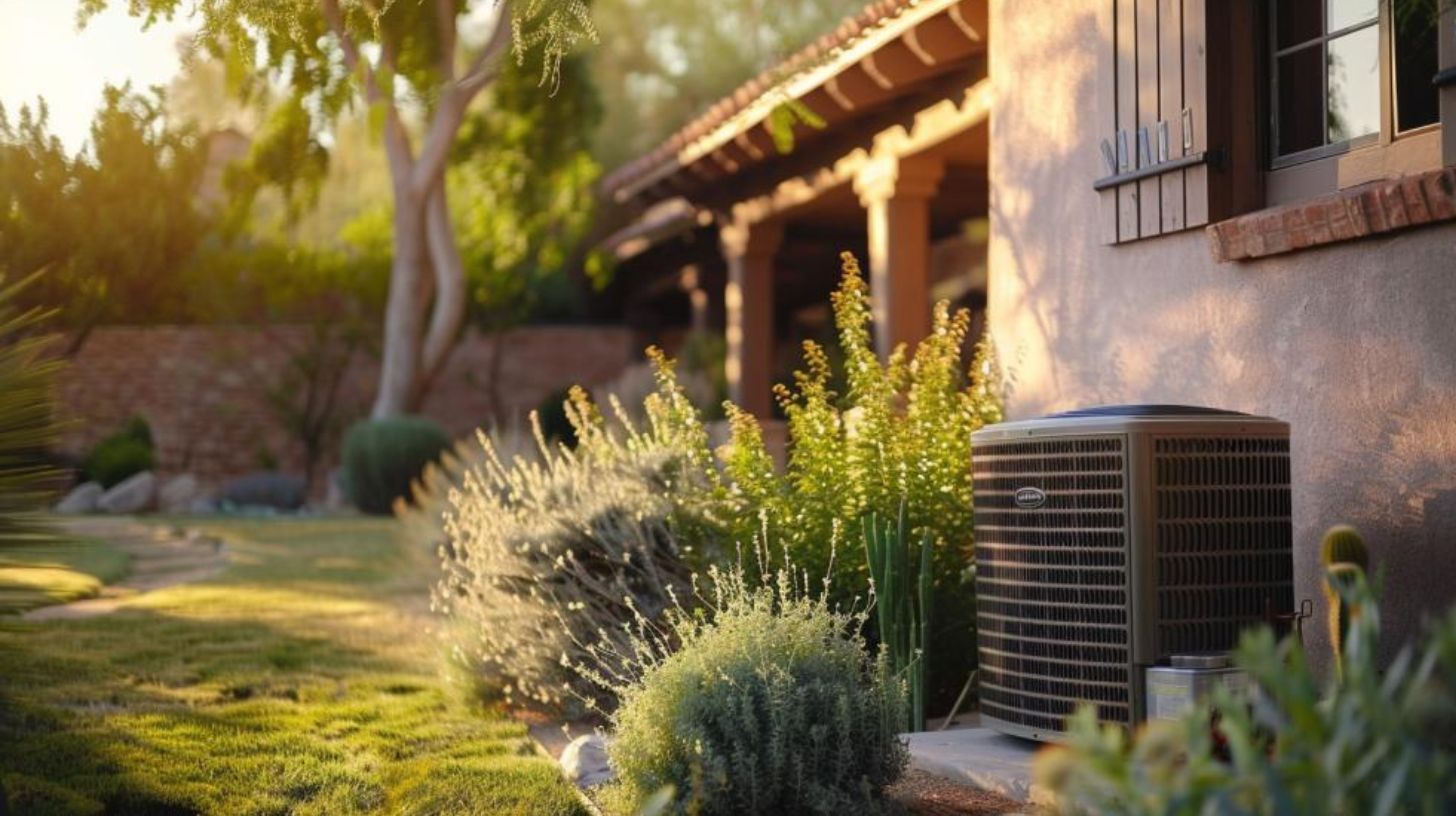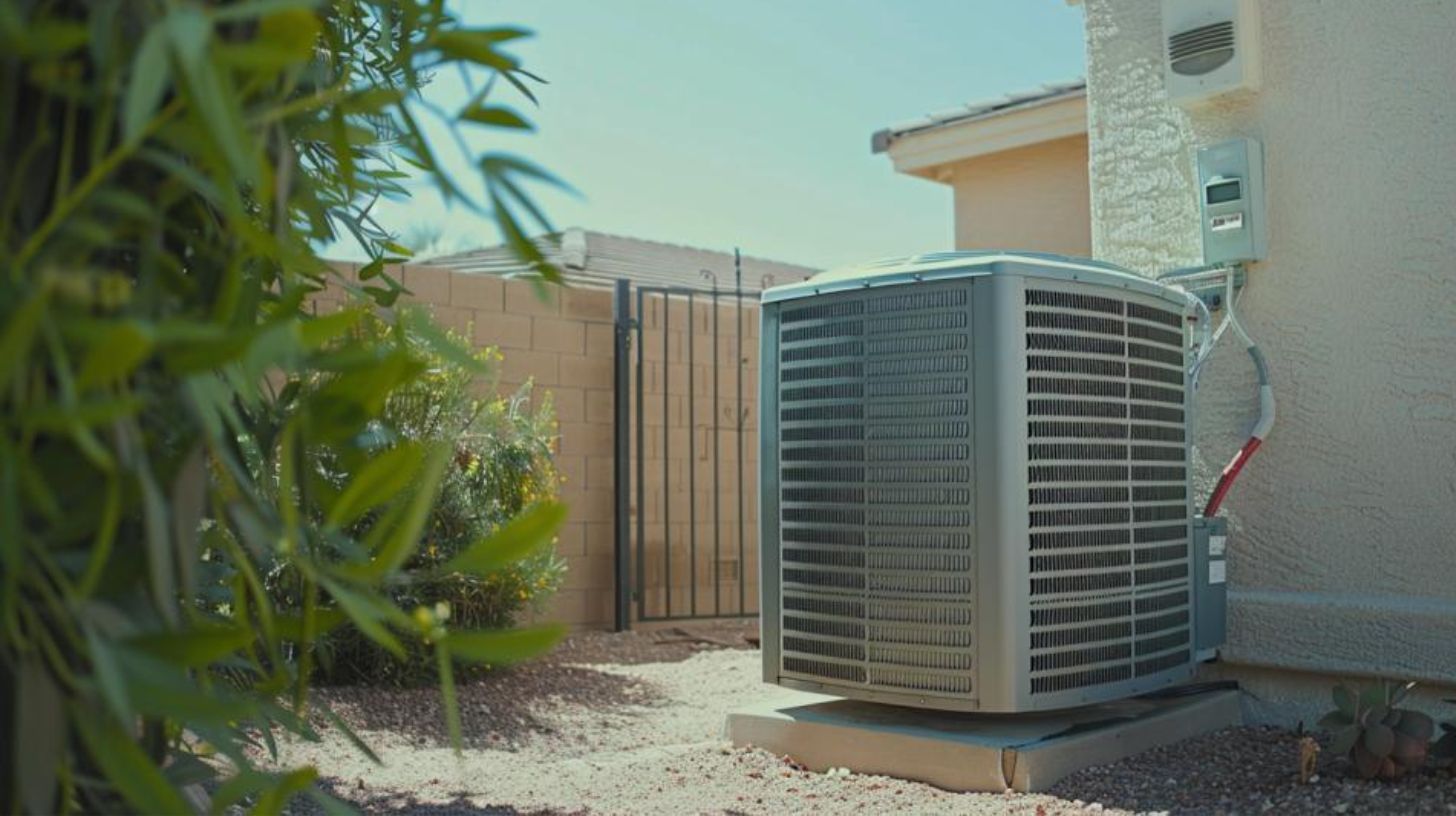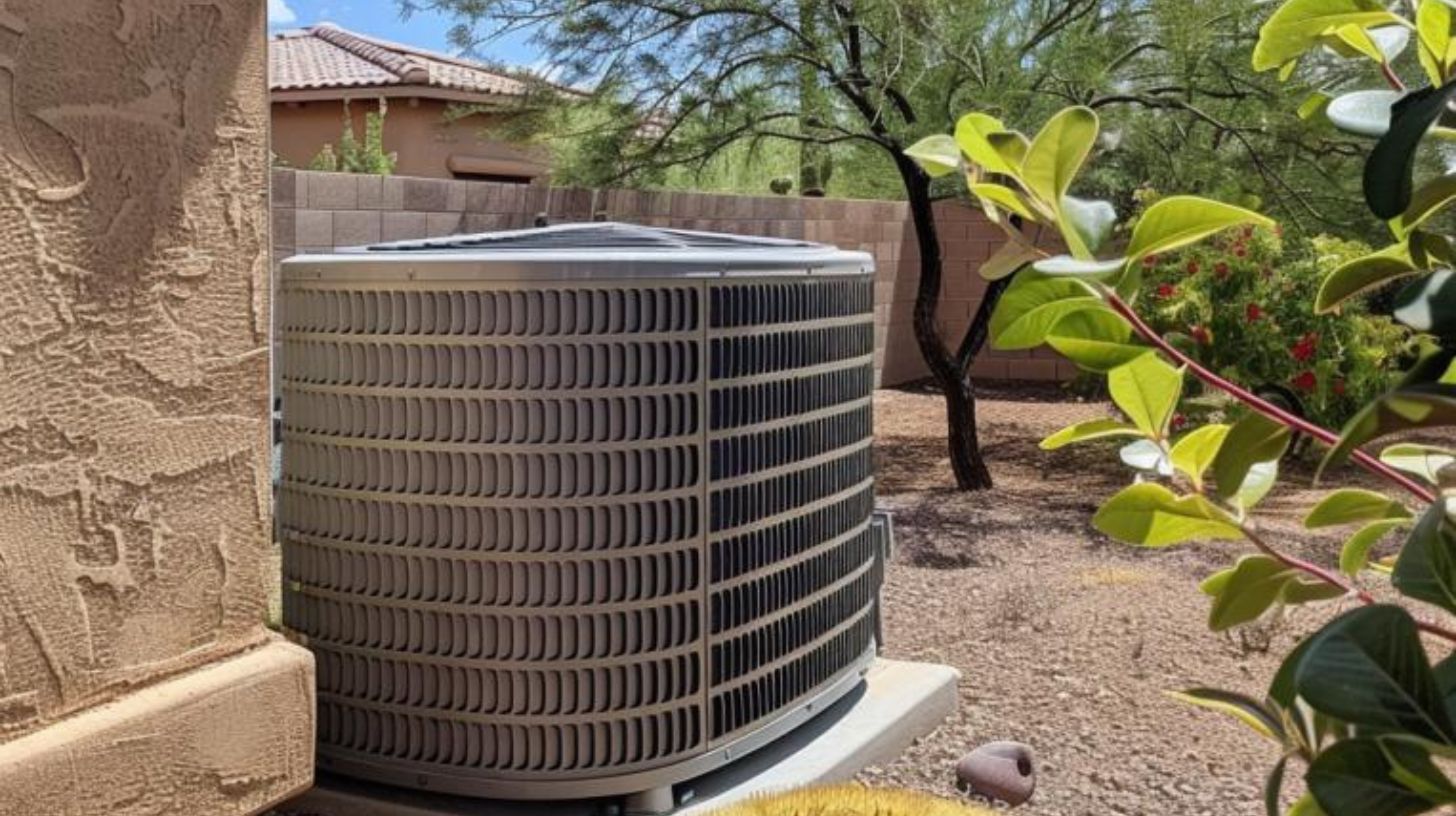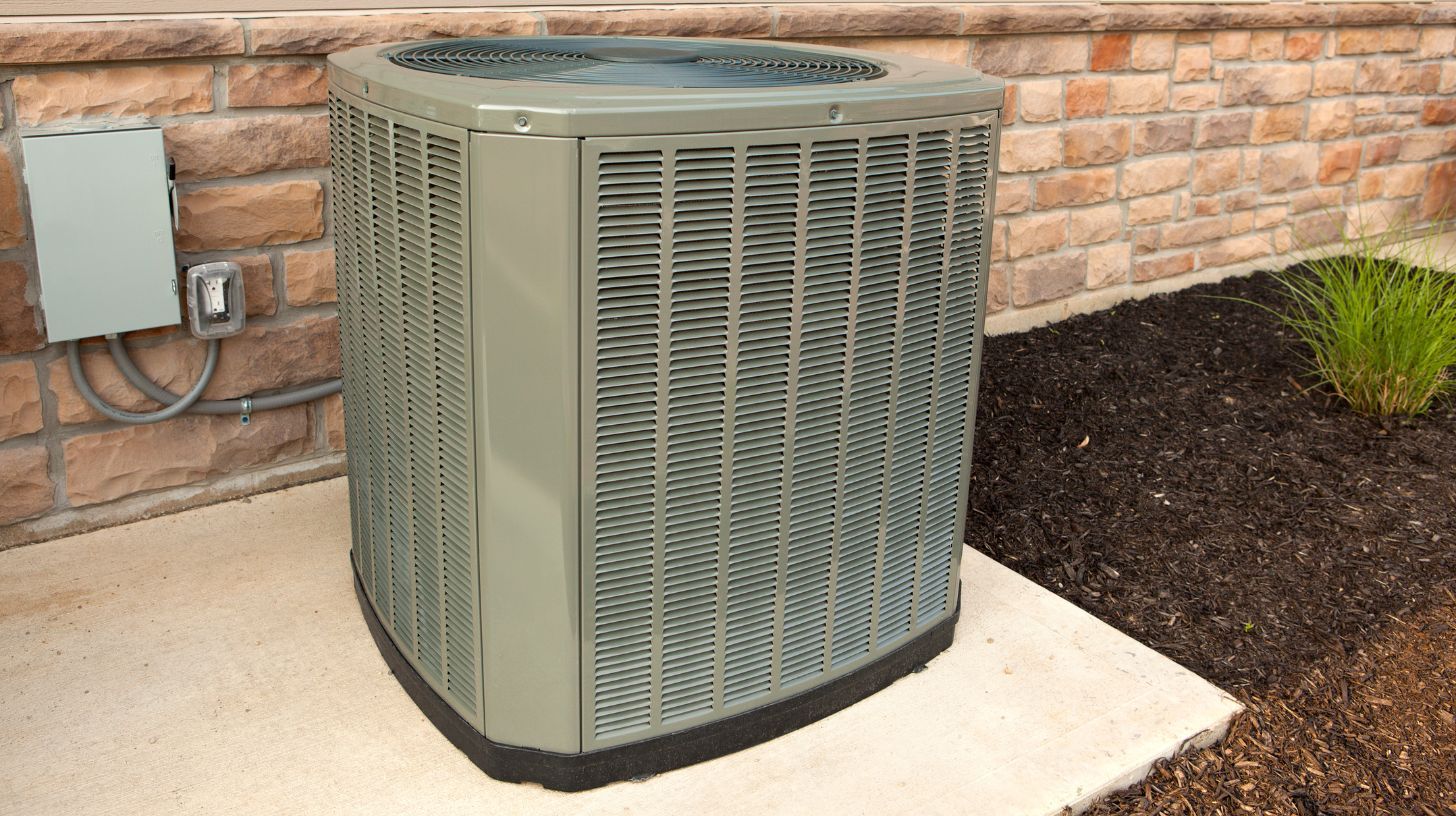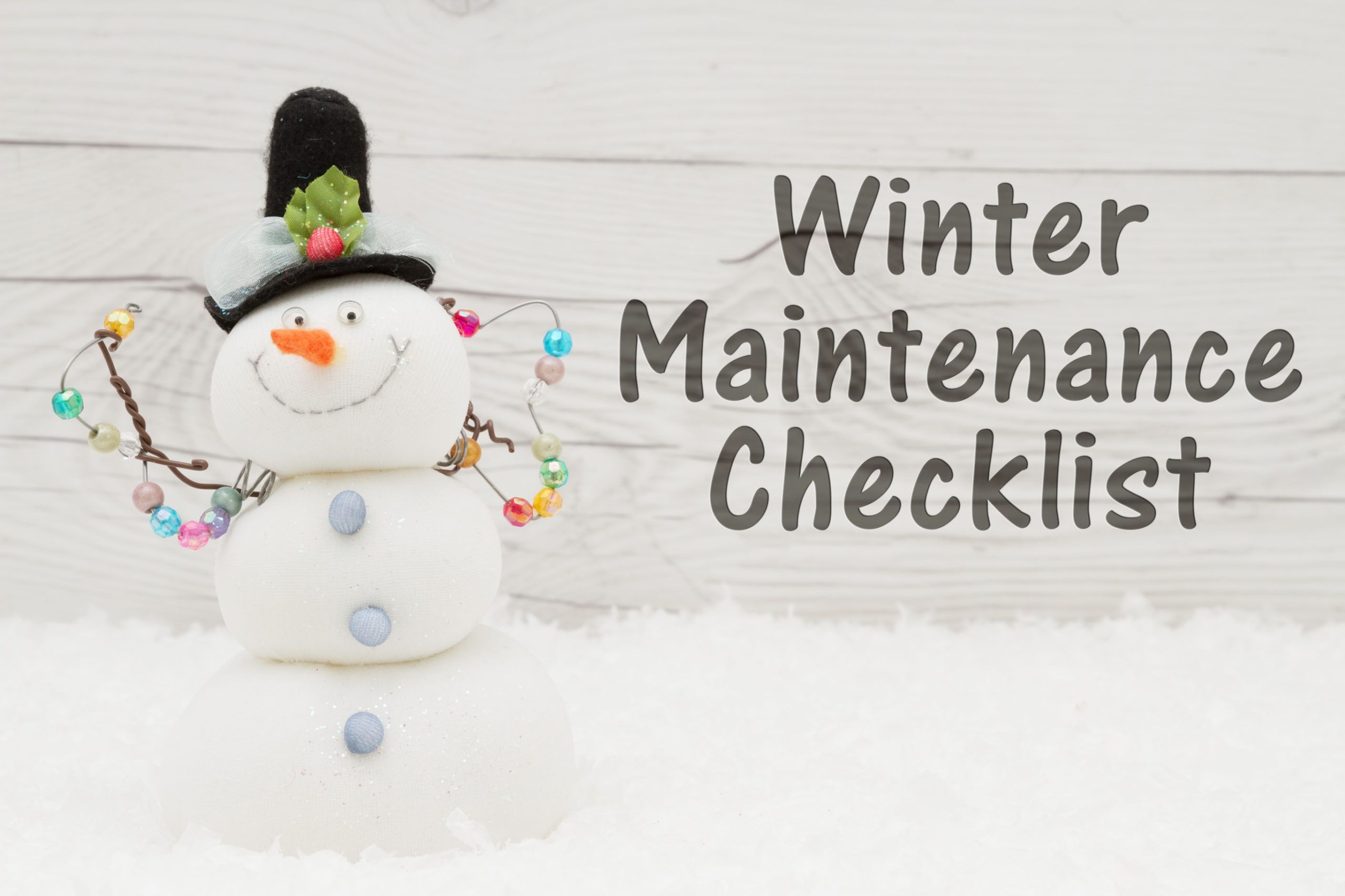Preventive Care for Your AC: The Ultimate Tune-Up Guide
TL;DR: Regular maintenance is key to preventing AC breakdowns and ensuring peak performance, especially in summer. This guide covers essential tasks like filter changes and coil cleaning, along with professional tune-ups. Recognize signs indicating the need for professional help and choose a reliable service provider. For AC solutions in Mesa, Arizona, trust Semper Fi Heating & Cooling, available 24/7.
Ensuring your AC is properly maintained is not just about enhancing its performance; it’s also about preventing the inconveniences and costs associated with breakdowns during peak summer months. That’s why we’ll explore preventive care for your AC by providing the ultimate tune-up guide. We’ll delve into the essential maintenance practices that can prolong the life of your air conditioning system.
This article will guide you through key maintenance steps and highlight the significant benefits of keeping your AC in top condition. From simple filter changes to professional inspections, understanding these practices will help you enjoy a cooler, more comfortable home while optimizing energy efficiency and minimizing repair costs.
The Ins and Outs of Your AC System
Getting to know the functional components of your air conditioning system is key to effectively managing its upkeep. Here’s a breakdown of the essential parts and their functions, ensuring you know precisely how your AC works and why each component is crucial:
- Compressor: It’s an integral part of any AC unit. It has the task of compressing the refrigerant before helping it circulate through the AC system, enabling it to remove heat from your home.
- Condenser Coil: This component sits in the outdoor part of the unit, tasked with releasing the heat removed from your home into the outside air.
- Evaporator Coil: This component is situated inside your home as part of the air handler. As the indoor air passes over the refrigerant-filled evaporator coil it absorbs the humidity, effectively cooling your home.
- Air Handler and Blowing Unit: These are two components that work in synergy to circulate air throughout a facility. The air handler ensures air moves past the evaporator coil to cool down while the blower unit pushes the cooled air through the ductwork.
- Refrigerant: The lifeblood of your AC system, the refrigerant flows through the system and carries heat from the indoors to be expelled outside.
- Thermostat: The thermostat is your system’s control center. It helps you determine the desired temperature and helps the unit maintain that temperature.
- Expansion Valve: Positioned between the evaporator and condenser coils, the expansion valve controls the amount of refrigerant flowing into the evaporator, aiding in the cooling process.
Essential Maintenance Tasks
Preventive maintenance is essential for keeping your AC unit running efficiently and allowing it to operate without issues for an extended period of time. Such a proactive approach not only reduces the risk of unexpected breakdowns but also promotes a seamless operation that’s both cost-effective and reliable.
There are several aspects of your AC that you should focus on when performing preventative maintenance:
Filter Maintenance
The importance of air filter replacement and cleaning should not be taken lightly. Regularly tending to your air filters is a simple yet effective way to boost your AC’s efficiency and protect its longevity.
Firstly, a clean air filter ensures optimal airflow. When airflow is restricted by a clogged filter, your AC must work harder to circulate air through your home. Furthermore, clean filters contribute to healthier air quality in your home. They achieve this by trapping different particles such as dust or pollen, from the circulating air and removing them.
Regular filter maintenance also prevents dirt from building up in the system’s components, which can lead to more significant and costly problems down the road. The recommended frequency for changing air filters in your air conditioning system can vary, but a general rule of thumb is to check and potentially replace them every 30 to 90 days.
Coil Cleaning
The evaporator coil, typically located inside your home, is where the cooling occurs by absorbing heat from the circulating indoor air. The condenser coil, which is usually part of the external portion of the unit, releases this heat outside.
Together, these coils ensure efficient heat transfer to cool your indoor spaces. Keeping them clean is vital to sustaining your AC’s efficiency and prolonging its lifespan. Here’s how you can do that:
- Turn off the power: Safety first. Ensure the power to the entire AC system is off before you begin your work on it.
- Access the coils: For the evaporator coil, you might have to open the access panel on your indoor unit. The condenser coil is usually easier to access in the outdoor unit, but you may still need to remove a protective grille or cover.
- Clean the coils: Gently remove large debris or leaves around the condenser coil. A refrigerator coil brush is the best tool for dusting off the coils, but any soft brush would do.
- Apply coil cleaner: Use a commercial air conditioner coil cleaner. Follow the package instructions, spray it on, and let it foam and soak. Then, carefully rinse it with water.
- Check and straighten the fins: Inspect the fins on the coils. If any are bent, straighten them with a fin comb, which helps maintain proper airflow through the coils.
- Reassemble and restart: Once you’ve cleaned all the AC components, it is time to reassemble the unit usually by returning the cover panels. Restore power to the unit and check if it operates smoothly.
Seasonal Tune-Ups and Professional Inspections
When you schedule a professional AC tune-up, there are several key tasks you can expect the technician to perform to ensure your system is running efficiently and effectively. Here’s what typically happens during a professional AC tune-up:
Thorough Inspection and Cleaning
The technician will perform a detailed assessment of your AC system. This usually includes inspecting the thermostat settings to ensure the system starts, operates, and shuts off properly.
Expect the technician to clean key components such as the condenser and evaporator coils, which are crucial for efficient operation.
Checking Fluid Levels
Refrigerant levels are an important aspect of AC maintenance and are always featured in the professionals’ checklists. Ensuring an adequate level of refrigerant is crucial for uninterrupted cooling.
Examining Components
The technician will inspect the electrical components and connections to ensure they are operating safely. This includes tightening any loose electrical connections and running tests on the system capacitors.
Filter Replacement
Depending on the service agreement, the technician might replace or clean the air filters. This is essential to maintain high air quality and an uninterrupted airflow.
System Testing
After the maintenance tasks, the technician will run the system to ensure it’s operating smoothly. They will check the airflow and temperature output to confirm everything is in top condition.
When to Call the Professionals
Recognizing when to call a professional for your air conditioning system can save you time and prevent costly repairs. Here are some key signs that indicate it’s time to seek professional help:
- Unusual noises: Any strange sounds you might hear from your unit, such as grinding, clattering, or squealing, could indicate mechanical issues that require expert attention.
- Weak airflow or no cold air: When the air from your vents isn’t as cold as it used to be, or the airflow seems significantly weaker, these could be signs of blockages or failing parts.
- Frequent cycles: An AC unit that cycles on and off more frequently than usual might be signaling an issue. This inconsistent operation can put a lot of strain on your system, eventually resulting in costly breakdowns.
- Bad odors: Musty smells could indicate mold inside your unit or ductwork, while a burning odor might signal electrical issues. Both scenarios warrant a professional evaluation.
- Rising energy bills: An unexpected increase in your energy bills could suggest your AC system is losing efficiency, often due to an underlying issue that a professional can diagnose and fix.
If you notice any of these issues, it’s wise to contact a certified technician who can provide a thorough assessment and resolve any problems, ensuring your system continues to run effectively and efficiently.
When choosing a service provider for AC maintenance, do not let cost be the determining factor. A reputable company is both certified and licensed to operate and provides the necessary insurance, safeguarding you against potential damages. Experience matters too; providers with a long track record are likely to offer reliable and knowledgeable service.
Ultimate AC Care in Mesa, Arizona
Throughout the ultimate tune-up guide, we’ve covered how preventive care for your AC not only prevents costly breakdowns but also contributes to a healthier living environment by ensuring your air stays clean and properly cooled. From the necessity of cleaning filters and coils to the importance of professional tune-ups and recognizing when to call for expert help, these measures are vital for extending the life of your AC and maintaining optimal performance.
As you move forward, embrace a proactive approach to AC care. Starting a regular maintenance schedule is one of the best ways to keep your AC unit in top condition, ensuring comfort throughout the warmer months and saving on energy costs. Regarding professional services, Semper Fi Heating & Cooling has the solutions to all your AC issues, whether regular or emergency. We are available 24/7, so contact us at any time!
